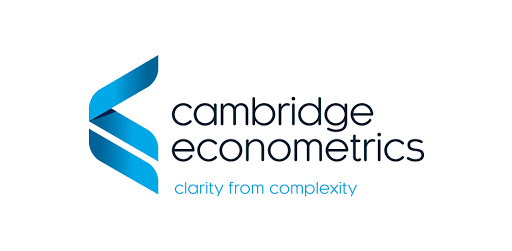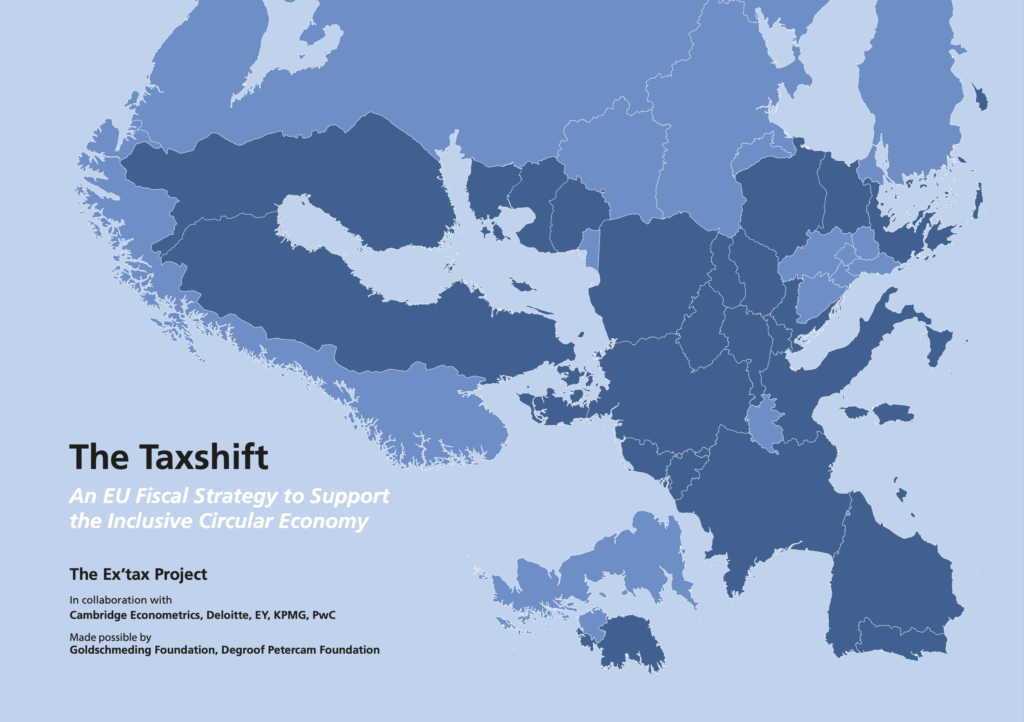This new study by The Ex’tax Project and partners illuminates how shifting the tax burden from labour to pollution and resource use supports an inclusive circular recovery.
Introduction
The European Green Deal includes a commitment to shift the tax burden from labour to pollution and resource use. This study presents a roadmap for such a rebalancing of the tax mix, both at national levels and in an EU context, and assesses the impact of a set of 20 example taxshift measures.
The results indicate that a budget-neutral taxshift is a critical strategy for a green and inclusive recovery. In the scenario, GDP levels in the EU in 2025 are on average 1.6% higher and employment levels are 3.0% higher than business as usual. This means that six million more people are in employment. At the same time, CO2 emissions have fallen by 7.1%.
Interested in learning more about these critical insights? Be sure to check out the full report.
Overview of the findings
The European Green Deal includes a commitment to shift the tax burden from labour to pollution. This study by The Ex’tax Project in cooperation with Deloitte, EY, KPMG, PwC presents a roadmap for such a rebalancing of the tax mix, both at national levels and in an EU context. It also assesses the impact of a series of 20 taxshift measures that significantly decrease the tax burden on labour (both for consumers and employers) while increasing taxation of resource use and pollution.
The burden for households is eased through a reduction in income tax and social security contributions, and income support for the lowest income groups. For employers, various payroll tax credits have been included: a generic payroll tax credit, a payroll tax credit specifically for new employment, for reskilling and training, and for circular process innovation. Finally, a payroll tax credit has been included in the corporate income tax. The necessary tax revenues are generated by introducing a kilometre charge, increasing VAT, taxing CO2 emissions and other emissions from industry, aviation, shipping and agriculture, and increasing excise duties on tobacco. In addition, measures have been included that put a higher price on water, waste and the use of fossil fuels in chemical processes.
Cambridge Econometrics has modelled the impacts of the scenario in the period until 2025 in 27 Member States of the European Union using the E3ME macro-econometric model. In the scenario, GDP levels in the EU in 2025 are on average 1.6% higher and employment levels are 3.0% higher than business as usual. This means that six million more people are in employment. At the same time, CO2 emissions have fallen by 7.1%.
Compared with the baseline, real incomes in the lowest two income groups increase 4%. In the highest three income groups, real incomes rise 1% compared with the baseline. These results suggest that a progressive impact is possible, with more benefits (in relative terms) for lower income households. Contrary to popular belief, it is possible to design policy measures that address environmental issues (applying the Polluter Pays Principle) and social issues (‘leaving no-one behind’) simultaneously. Effective planning for the use of the revenues is key.
The results indicate that a budget-neutral taxshift is a critical strategy for a green and inclusive recovery.








